
Filter News
Area of Research
- Advanced Manufacturing (1)
- Biology and Environment (14)
- Computational Biology (1)
- Computational Engineering (1)
- Computer Science (4)
- Energy Science (12)
- Isotopes (3)
- Materials (18)
- Materials for Computing (4)
- National Security (2)
- Neutron Science (24)
- Nuclear Science and Technology (5)
- Quantum information Science (1)
- Supercomputing (5)
News Type
News Topics
- (-) Artificial Intelligence (16)
- (-) Biology (21)
- (-) Biotechnology (4)
- (-) Cybersecurity (3)
- (-) Isotopes (5)
- (-) Microscopy (11)
- (-) Neutron Science (27)
- (-) Physics (4)
- (-) Polymers (10)
- (-) Security (1)
- (-) Space Exploration (10)
- 3-D Printing/Advanced Manufacturing (34)
- Advanced Reactors (13)
- Big Data (17)
- Bioenergy (17)
- Biomedical (11)
- Buildings (21)
- Chemical Sciences (13)
- Clean Water (14)
- Composites (11)
- Computer Science (42)
- Coronavirus (11)
- Critical Materials (12)
- Emergency (1)
- Energy Storage (32)
- Environment (48)
- Exascale Computing (1)
- Fossil Energy (1)
- Frontier (1)
- Fusion (9)
- Grid (22)
- High-Performance Computing (12)
- Hydropower (6)
- Irradiation (2)
- ITER (3)
- Machine Learning (14)
- Materials (36)
- Materials Science (34)
- Mathematics (3)
- Mercury (3)
- Molten Salt (5)
- Nanotechnology (12)
- National Security (3)
- Nuclear Energy (19)
- Partnerships (2)
- Quantum Computing (5)
- Quantum Science (12)
- Simulation (9)
- Statistics (1)
- Summit (8)
- Transportation (36)
Media Contacts

To advance sensor technologies, Oak Ridge National Laboratory researchers studied piezoelectric materials, which convert mechanical stress into electrical energy, to see how they could handle bombardment with energetic neutrons.

A discovery by Oak Ridge National Laboratory researchers may aid the design of materials that better manage heat.
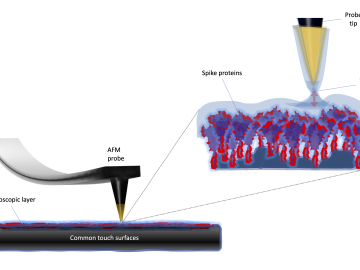
A study by Department of Energy researchers detailed a potential method to detect the novel coronavirus


Oak Ridge National Laboratory researchers have created a technology that more realistically emulates user activities to improve cyber testbeds and ultimately prevent cyberattacks.
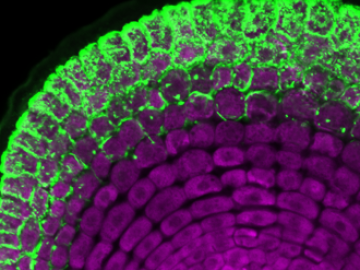
An ORNL team has successfully introduced a poplar gene into switchgrass, an important biofuel source, that allows switchgrass to interact with a beneficial fungus, ultimately boosting the grass’ growth and viability in changing environments.

A research team at Oak Ridge National Laboratory have 3D printed a thermal protection shield, or TPS, for a capsule that will launch with the Cygnus cargo spacecraft as part of the supply mission to the International Space Station.
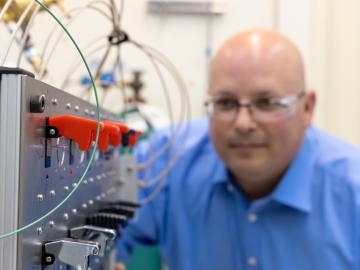
An Oak Ridge National Laboratory researcher has invented a version of an isotope-separating device that can withstand extreme environments, including radiation and chemical solvents.
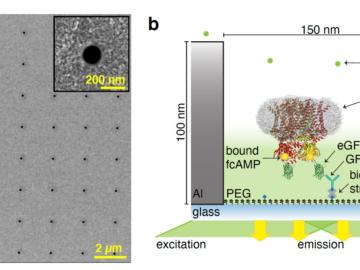
Researchers working with Oak Ridge National Laboratory developed a new method to observe how proteins, at the single-molecule level, bind with other molecules and more accurately pinpoint certain molecular behavior in complex
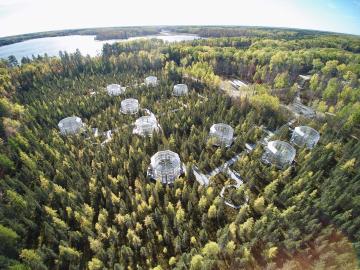
Scientists studying a unique whole-ecosystem warming experiment in the Minnesota peatlands found that microorganisms are increasing methane production faster than carbon dioxide production.


